How iOS 6's flagship features compare to past versions, and to Android 4.1, BlackBerry 10, and Windows Phone 8
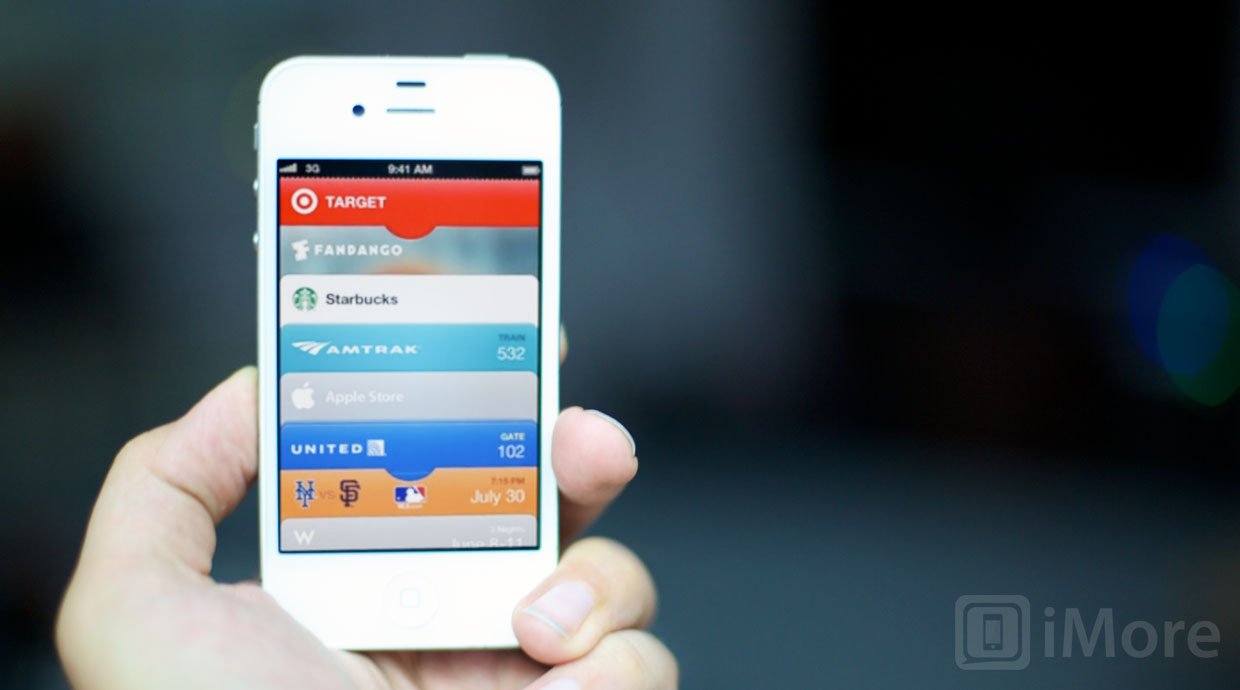
When Apple announced iOS 6 at WWDC 2012 and showed off its 10 new tent pole features, the response was... mixed. Some were delighted by the new maps app and the Siri enhancements, thrilled with Facebook integration and Safari image uploads, and intrigued by the potential of Passbook. Others saw iOS 6 as more tock than tick, a minor point release rather than a major new OS version, inattentive to power-user problems, and a sign that Apple was slowing down.
With Google releasing Android 4.1 Jelly Bean, Microsoft readying Windows Phone 8, HP trudging towards open webOS, and RIM scrambling to get BlackBerry 10 done and shipped, the competitive landscape has never been hotter.
So, just like we examined the evolution of the App Store in a competitive context, let's compare iOS 6 to previous iPhone and iPad software previews, and to what the likes of Google, RIM, and Microsoft have shown off to date.
Apples to Apples
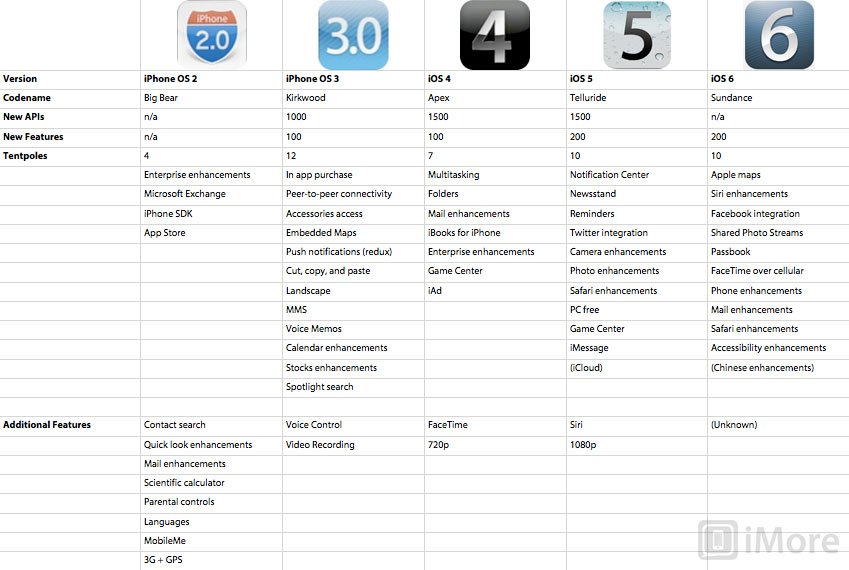
Experiencing an iOS keynote like WWDC 2012 today, and watching Senior Vice President of iOS, Scott Forstall, lay out the new flagship features for iOS 6 -- what Apple's has called tent poles in the past -- it can be hard to weigh them against flagship features of the past, and to judge them free from expectations.
When compared side by side -- or slide to slide -- with keynotes past, the impact of each step of Apple's iOS evolution become easier to measure.
iPhone OS 2.0
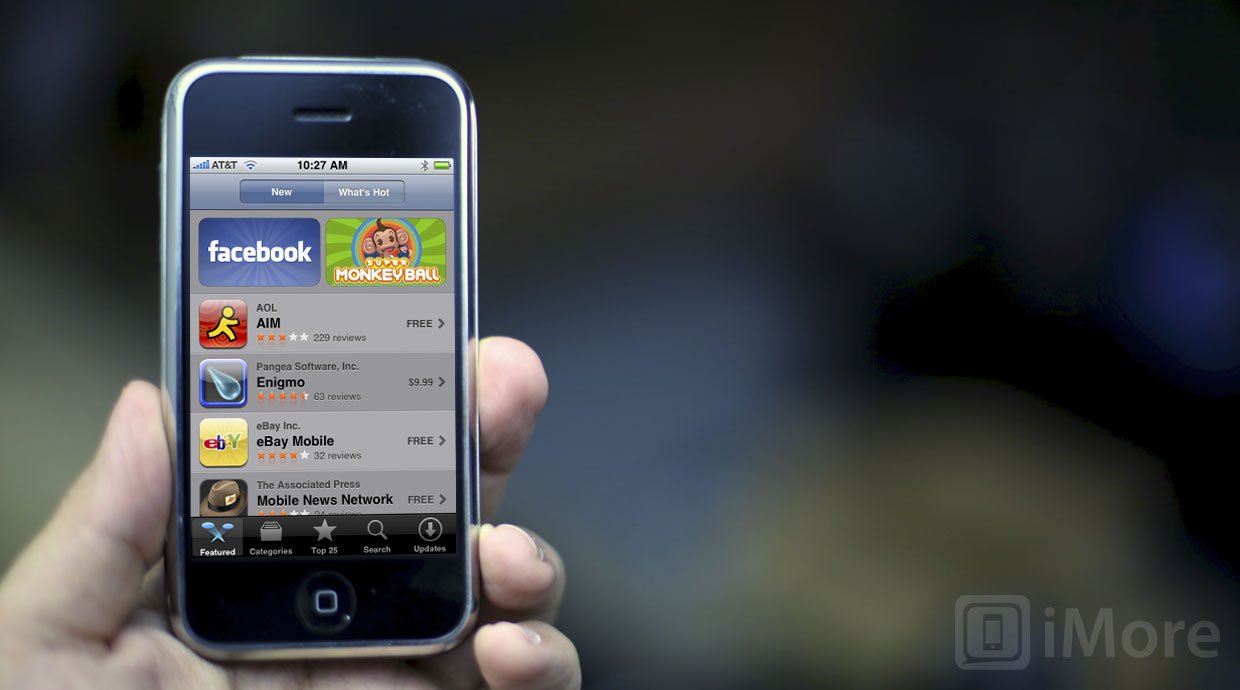
iPhone OS 2.0 was announced during Apple's iPhone SDK Roadmap event on March 6, 2008. The numerous feature improvements were broken down into 4 large categories.
- Enterprise enhancements
- Microsoft Exchange ActiveSync
- iPhone SDK
- App Store
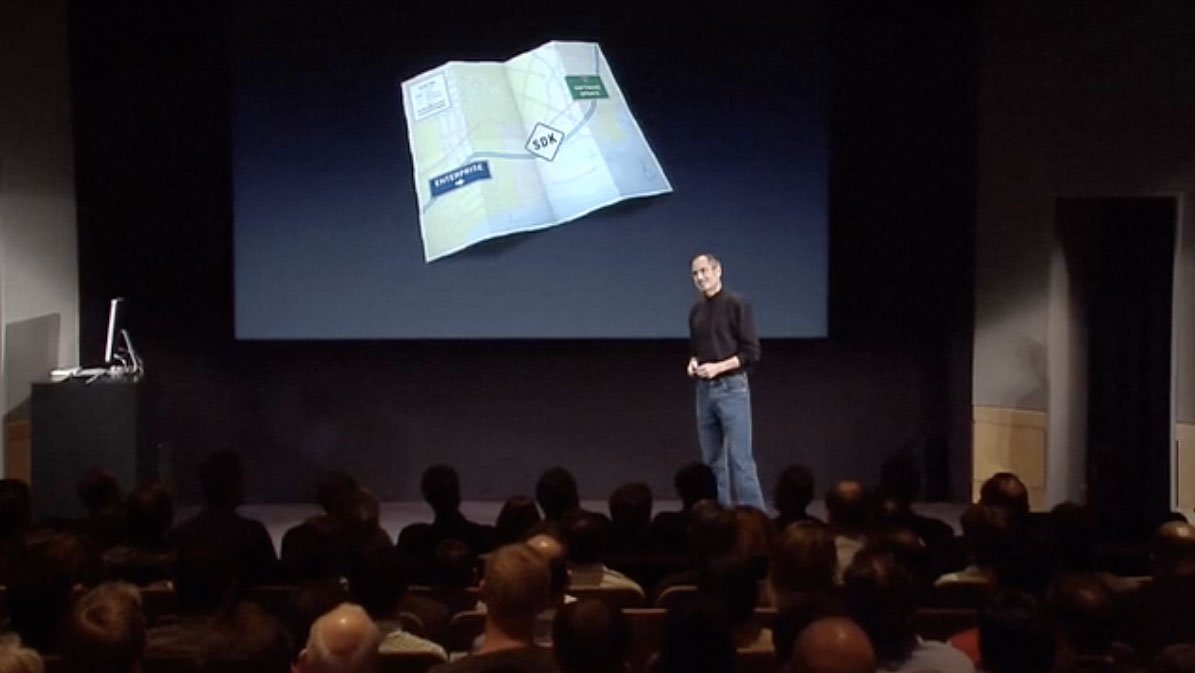
During the World Wide Developers Conference (WWDC) keynote on June 9, 2008, Apple announced a half-dozen new features as well as the MobileMe service and iPhone 3G-specific features:
Master your iPhone in minutes
iMore offers spot-on advice and guidance from our team of experts, with decades of Apple device experience to lean on. Learn more with iMore!
- Contact search
- Quick look enhancements
- Mail enhancements
- Scientific calculator
- Parental controls
- Languages
- MobileMe
- 3G + GPS
Additional features were added post-launch with iPhone OS 2.1, released alongside the 2nd generation iPod touch, and iPhone OS 2.2.
Enterprise support and 3G networking made the iPhone interesting to a much larger market. The SDK and the App Store, however, transformed the iPhone from appliance to platform. It was and is so important, iPhone OS 2.0 remains the most significant software update to date.
iPhone OS 3.0
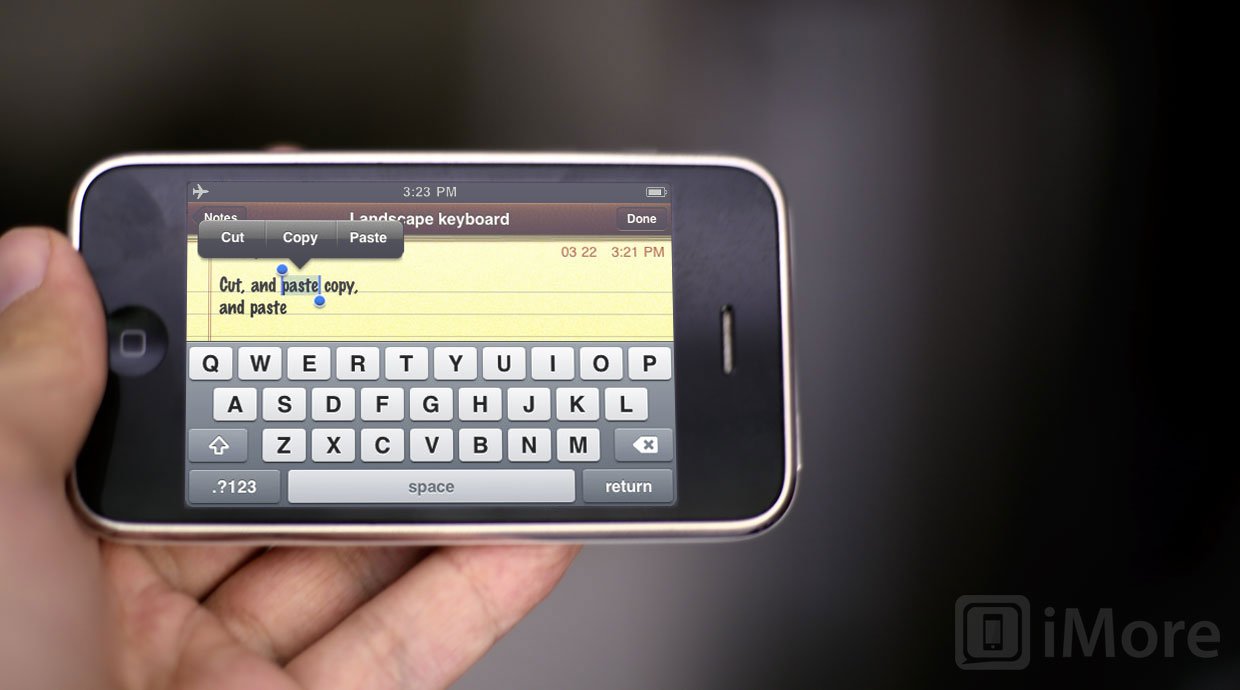
Announced at the iPhone 3.0 Software Sneak Peak on March 17, 2009, iPhone OS 3.0 promised over 1000 new APIs for developers and more than 100 new user-facing features. 13 were highlighted:
- In-app purchase
- Peer-to-peer connectivity
- Accessories access
- Maps API
- Push notifications (redux)
- Cut, copy, and paste
- Landscape
- MMS
- Voice memos app
- Calendar enhancements
- Stocks enhancements
- Spotlight Search
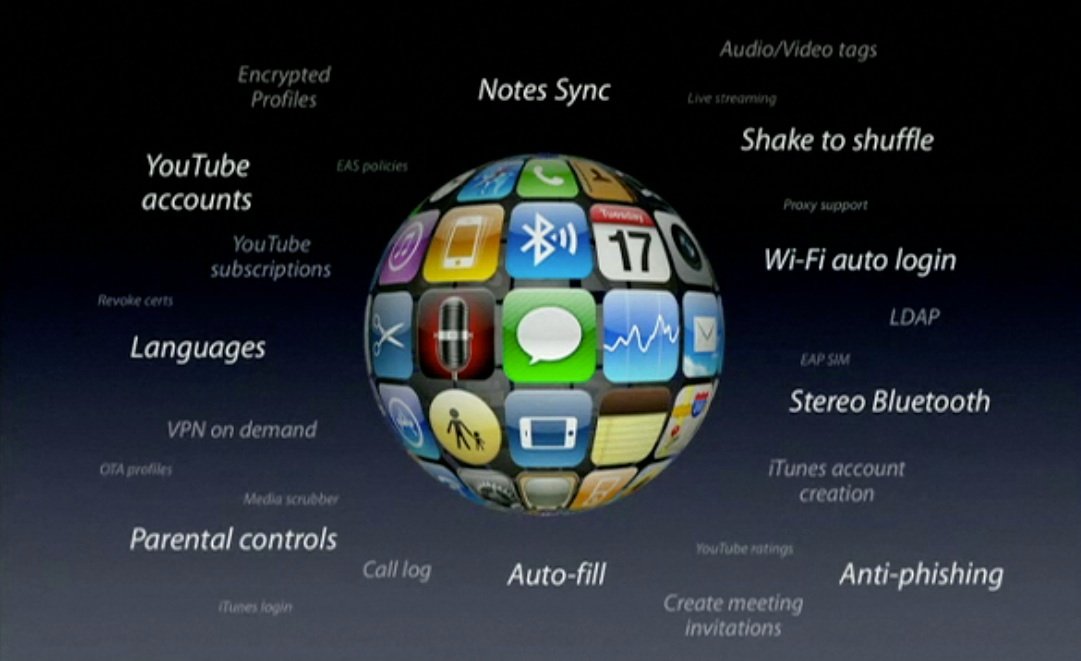
At WWDC 2009 on June 8, the iPhone 3GS brought with it a some new, hardware-specific features as well:
- Video recording
- Voice Control
Post-launch, Apple added addition features with iPhone OS 3.1, released alongside the 3rd-generation iPod touch, and iPhone OS 3.2, which was exclusive to the then-new iPad device.
Cut, copy, and paste had been a sore spot for years. Scratching that off the list, along with MMS (everywhere except the U.S., thanks to AT&T), video recording, and push notifications (in lieu of multitasking) put the iPhone close to core feature-parity with existing platforms of the time. It meant fewer users had to choose between form or function any many -- Apple increasingly offered both.
iPhone OS 4.0/iOS 4
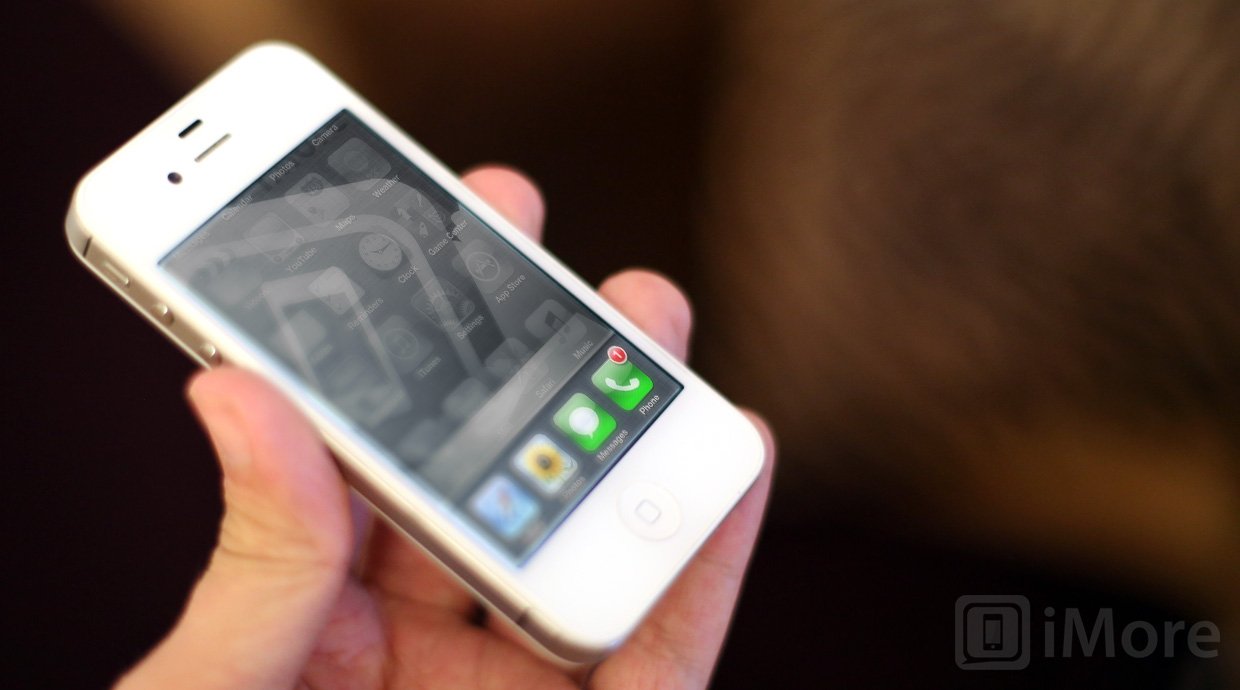
iPhone OS 4.0, as it was originally introduced at the Preview event on April 8, 2010, offered over 1500 new APIs for developers and 100+ new user-facing features. 7 tentpoles were highlighted:
- Multitasking
- Folders + Home screen wallpaper
- Mail enhancements
- iBooks for iPhone
- Enterprise enhancements
- Game Center
- iAd
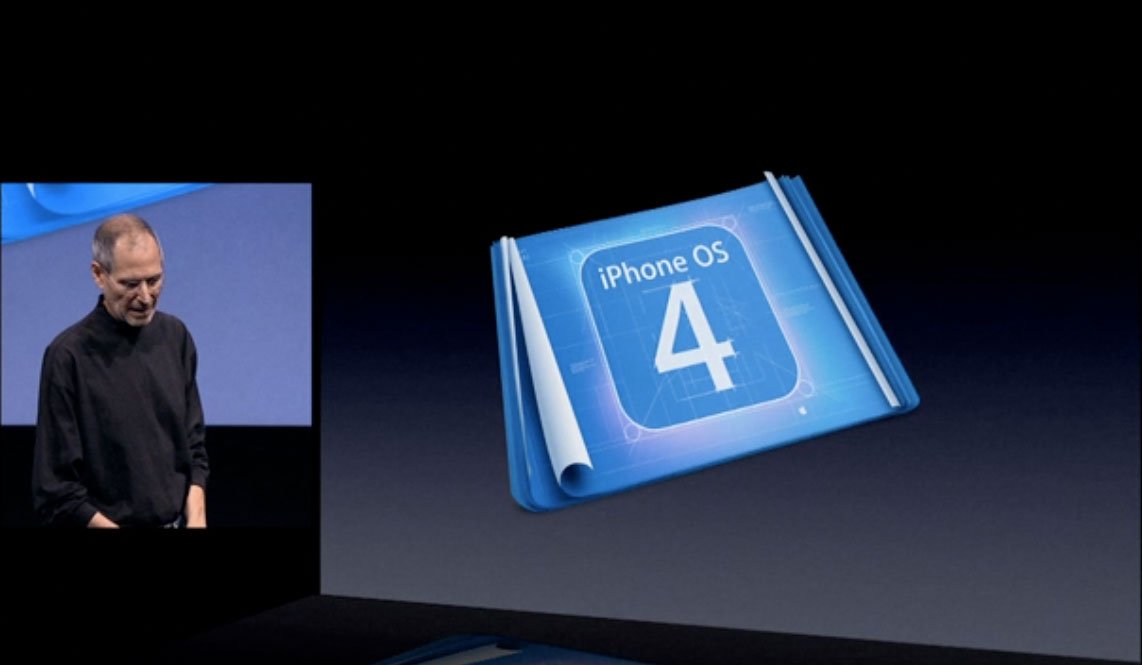
On June 7, at WWDC 2010, Apple renamed iPhone OS 4.0 to iOS 4, and also added a couple of iPhone 4-specific features.
- 720p video and camera enhancements
- FaceTime
Post-launch, Apple added additional features with iOS 4.1, released alongside the 4th-generation iPod touch, iOS 4.2 for iPhone and iOS 4.3 for iPad, which unified the platform, and iOS 4.3
FaceTime made for a great demo but Wi-Fi-bound video calling still hasn't gone mainstream. iBooks, iAds, and Game Center marked Apple's readiness and desire to subsume the content and services traditionally owned by competitors Amazon (Kindle), Google (AdMob), and Microsoft (Xbox Live). Multitasking scratched one of the last, and biggest remaining pain points off user wish-lists, however, even though Apple's limited solution didn't please everyone.
iOS 5
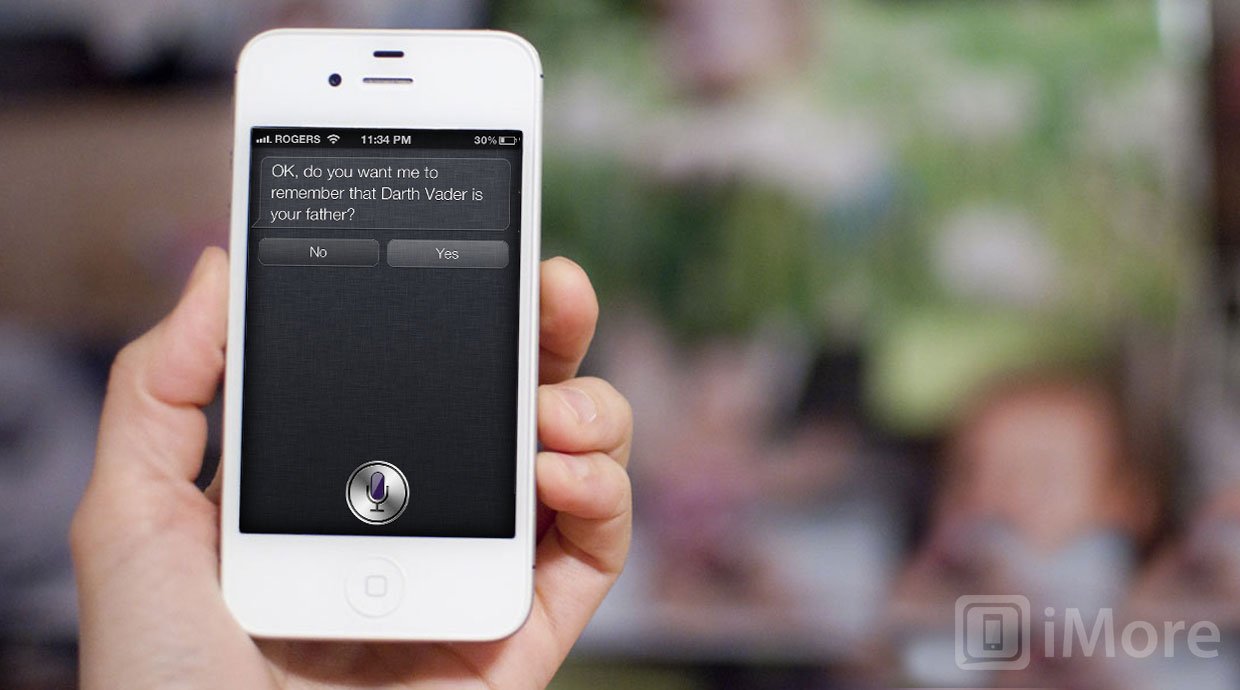
Apple waited longer to preview iOS 5 than any previous version of iOS -- almost 3 months longer. When it made its debut during the WWDC keynote on June 6, 2011, Apple announced 1500 new APIs for developers, and 200 new features for users, including 10 highlighted at the event, as well as iCloud, the replacement for MobileMe.
- Notification Center
- Newsstand
- Reminders
- Twitter integration
- Camera enhancements
- Photo enhancements
- Safari enhancements
- PC free
- Game Center
- iMessage
- (iCloud)
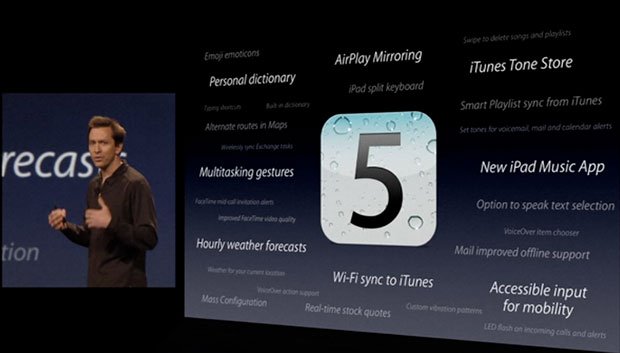
On October 4 of 2011, alongside the iPhone 4S, Apple showed off a couple more, hardware-specific features.
- 1080p video and additional camera enhancements
- Siri
Since then, Apple released a minor iOS 5.1 point update.
iOS 5 was the biggest update since iPhone OS 2, severing the iOS' ties with iTunes and hooking in a proper server-side component with iCloud. Apple addressed the problem of their previous, modal alert system with Notification Center, and kicked the carriers right in the revenue stream with iMessage. While Newsstand hasn't proven to be the right solution for subscriptions, Siri brought an entirely new, natural language interface to iOS, even if in limited, beta form.
iOS 6 (Preview)
Back on a yearly schedule, Apple used the WWDC 2012 keynote on June 11 to debut iOS 6. Scott Forstall announced an unspecified number of new API, as well as 200 new features, 10 of which he highlighted on stage:
- Apple maps
- Siri enhancements
- Facebook integration
- Shared Photo Streams
- Passbook
- FaceTime over cellular
- Phone enhancements
- Mail enhancements
- Safari enhancements
- Accessibility enhancements
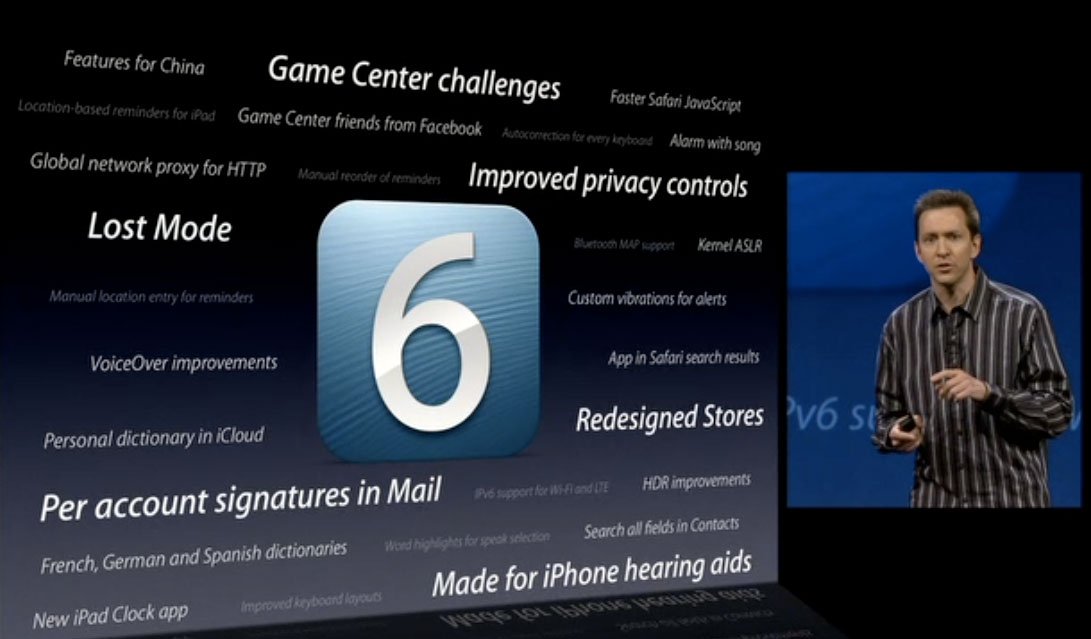
There were clearly no App Store-level feature additions for iOS 6. No PC-free/iCloud-level, or multitasking-level, or even cut, copy, and paste-level features when it comes to geek itches scratched or pain points soothed. No new Home screen interfaces or fast app switcher visualizations. No actionable notifications or methods for inter-app communications.
The iOS 6 flagship features showed that this year, Apple had different priorities:
- Continue Siri's intermediation and brokerage of search
- Cement ownership of iOS location data and maps services
- Outsource social sharing to services like Twitter and Facebook
- Prepare for the lucrative future of mobile payments
- Increase iOS support for the growing Asian markets
Still, we've only seen a preview of iOS 6. The big features, the big demos -- the stuff like FaceTime and Siri that Santa will be using in this holiday's iPhone commercials -- won't be revealed until the iPhone 5 event sometime around October.
More on that at the end...
Apples to Oranges Androids, BlackBerrys, and Windows
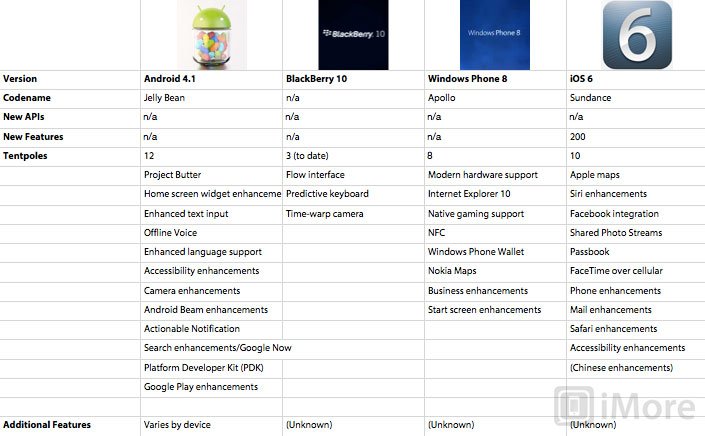
It's harder to compare iOS 6 to Android 4.1, BlackBerry 10, and Windows Phone 8, since they not only made different design choices and engineering compromises, they made different marketing decision about which features to showcase -- sometimes deliberately to counter-program Apple and/or each other. But for that very reason, to highlight the differences, the comparison is especially interesting.
Android 4.1 Jelly Bean
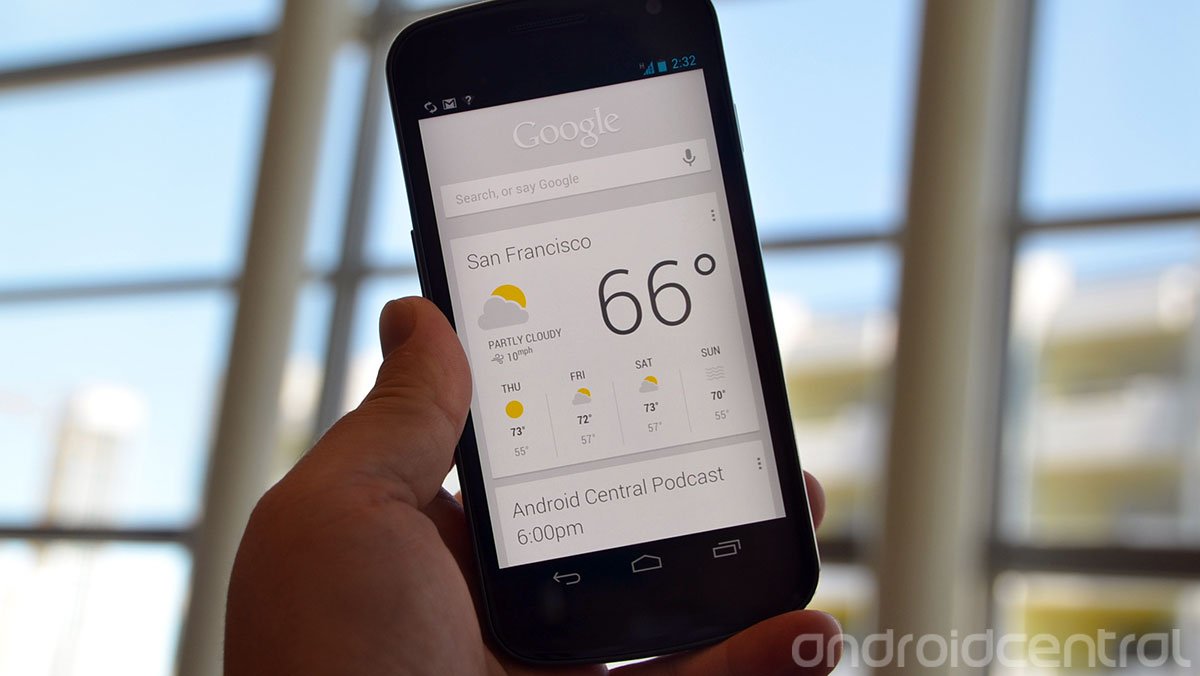
At Google I/O 2012 on June 27, Google announced Android 4.1 Jellybean, which despite its point release label, packed a bevy of new features.
- Project Butter
- Home screen widget enhancements
- Enhanced text input
- Offline Voice
- Enhanced language support
- Accessibility enhancements
- Camera enhancements
- Android Beam enhancements
- Actionable Notification
- Search enhancements/Google Now
- Platform Developer Kit (PDK)
- Google Play enhancements
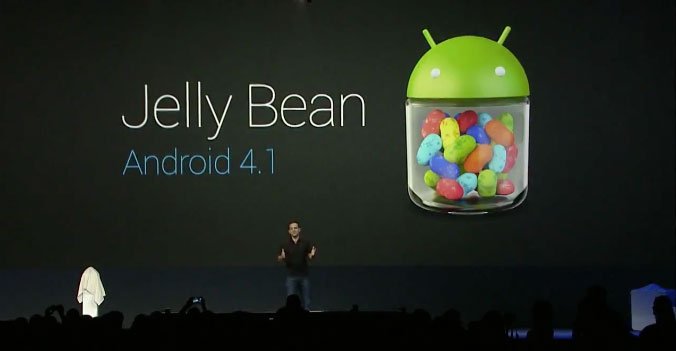
Google also used I/O to announce the Nexus 7 and Nexus Q, each of which have device-specific features and/or apps.
Every year, Google throws an incredible amount of new features, services, and enhancements at the product wall. It's the exact opposite of Apple's highly focused, less-is-more strategy. Not all of it Google's announcements stick, which Google well knows, but it moulds perception and caters to the power-user, technology-enthusiast crowd.
In that context, none of Jelly Bean key feature announcements were platform-shaking, but taken together, the pace Google is forcing -- often lapping their own hardware partners -- keeps the whole industry on alert, including Apple.
Given what Apple announced as a major release, what Google announced as a point release seems even more impressive.
BlackBerry10 (Preview)
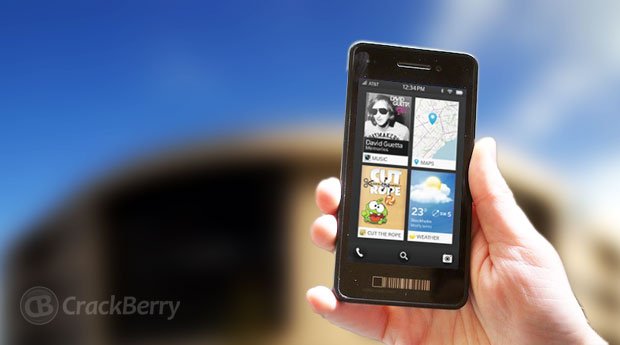
BlackBerry 10 is a completely new operating system. RIM is jettisoning the old J2ME BlackBerryOS for the realtime QNX platform, with a modern, gesture-heavy interface, and API still being built to go with it. BlackBerry 10 was recently delayed from Q4 2012 to Q1 2013, yet some of its new features were shown off at BlackBerry World 2012 on May 1, as were interface builders from TAT, and more.
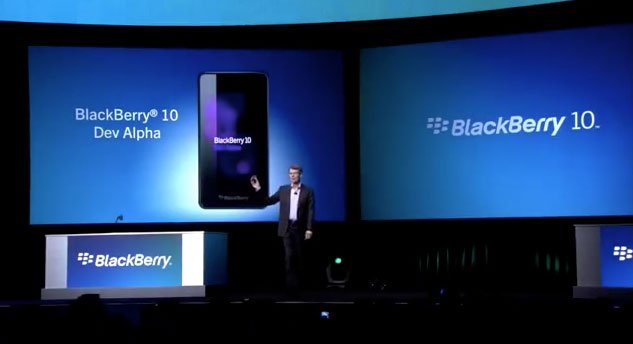
RIM may have bought or licensed many of the new pieces, but assembling them will take a lot of first-party engineering. If they can pull it off, it'll be something truly refreshing, just like Windows Phone was in 2010, webOS was in 2009, and the iPhone was in 2007.
The BlackBerry 10 feature set will probably be small compared to iOS. Like any OS reboot, RIM is limited by time. No one can do everything at once. BlackBerry 10's use of gestures to maintain one-handed ease of use on larger screens, and to keep notifications and app switching instantly accessible is interesting, but It's way too late in the game for sheer novelty of interface to carry a platform, however, the way it did in 2007. But it could make Apple's 2007-era Springboard system and Home screen design look even more its age.
Windows Phone 8 (Preview)
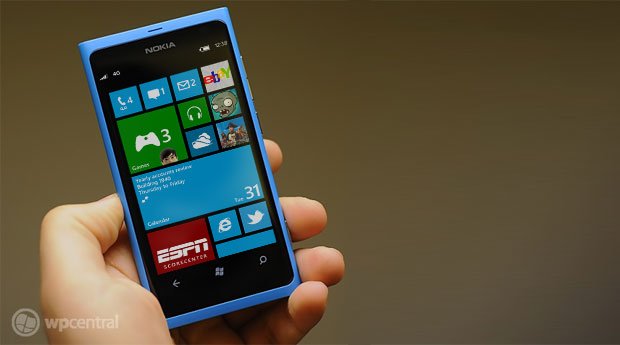
Windows Phone 8 was introduced by Joe Belfiore at the Windows Phone Summit on June 20, 2012. Re-architected to run on the same NT kernel and systems that runs Windows desktop, Windows Phone 8 won't run on older hardware, but it will enable a new generation of more powerful features. While not all features have been revealed yet, Microsoft has highlight 8 of them to date, along with some developer tools.
- Modern hardware support
- Internet Explorer 10
- Native gaming support
- NFC
- Windows Phone Wallet
- Nokia Maps
- Business enhancements
- Start screen enhancements
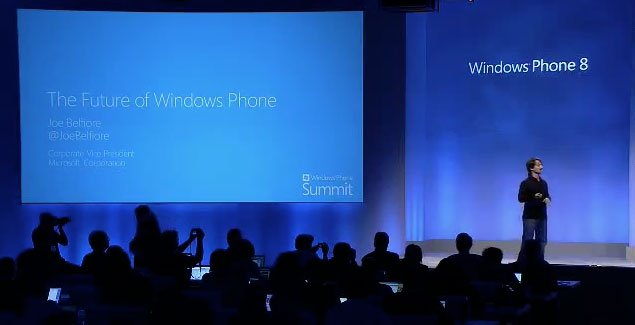
Microsoft has also announced their Surface series of Windows RT and Windows 8 Pro tablets. Unlike Apple, which shares iOS between phones and tablets, and runs OS X on computers, Microsoft is running Windows Phone 8 on phones and sharing Windows 8 between tablets and computers.
That difference in mobile divide, along with Microsoft doing a second smartphone reboot in as many versions, and Metro remaining as constraining as it is elegant, holds the platform back. Windows Phone is still very much walking a line between iOS-style control and Android-style flexibility, but consumers haven't yet found that to be the best of both worlds -- they're rather choosing one or the other. A lot of the Windows Phone 8 features Microsoft chose to highlight, like modern hardware and gaming, come off as core functionality catch-up at this point. Features will likely be added faster and more furiously from here on out, but until Microsoft is finally done rebooting, Windows Phone can't achieve the acceleration of iOS or Android.
Conclusion (iOS 6 release redux)
In 2007, iOS (then iPhone OS) was the newest mobile operating system on the planet. Now, with Android's post-iPhone redirect, and Palm, Microsoft, and RIM's post-iPhone reboot, iOS is soon going to be the oldest. That's how fast things are moving in mobile. Where Apple was once starting almost from scratch, and triaging table-stakes like apps, copy/paste, and multitasking over the course of years, they're now mature and focused on rounding out feature sets, reducing the friction of the user experience, and better controlling the destiny of their platform.
With the low hanging fruit gone, there remain higher-hanging fruit for Apple to execute on in the future, if they so choose. But they're not choosing to do any of that this year.
As for iPhone 5-specific features, or the features that will make it into the Santa commercials, we can look at the previous iPhone events for hints on what to expect:
- iPhone 3GS: Video recording and Voice Control
- iPhone 4: 720p video recording and FaceTime
- iPhone 4S: 1080p video recording and Siri virtual assistant
It's not hard to imagine the iPhone 5 will once again include a camera demo, perhaps Phil Schiller showing off automagical new Panorama software, and other optical wonders.
If rumors of Near Field Communication (NFC) pan out, and those are integrated into Passbook, and Apple can get high-profile retail partners on board, a shopping demo at the Apple Store, Starbucks, Disney, and/or Target could certainly qualify. If not this year, then perhaps next.
It's possible, however, that this year it's hardware that gets the tock to software's tick. Come fall, iOS 6 could be less about flagship features and more about what it's running on.
A 4-inch iPhone hardware with a 16:9 screen, LTE networking, and new design, in-and-of-themselves are highly demonstrable. And if there is a surprise come this fall, rather than a blow-away new software feature, it could just be one more, small thing.
Additional resources

Rene Ritchie is one of the most respected Apple analysts in the business, reaching a combined audience of over 40 million readers a month. His YouTube channel, Vector, has over 90 thousand subscribers and 14 million views and his podcasts, including Debug, have been downloaded over 20 million times. He also regularly co-hosts MacBreak Weekly for the TWiT network and co-hosted CES Live! and Talk Mobile. Based in Montreal, Rene is a former director of product marketing, web developer, and graphic designer. He's authored several books and appeared on numerous television and radio segments to discuss Apple and the technology industry. When not working, he likes to cook, grapple, and spend time with his friends and family.
